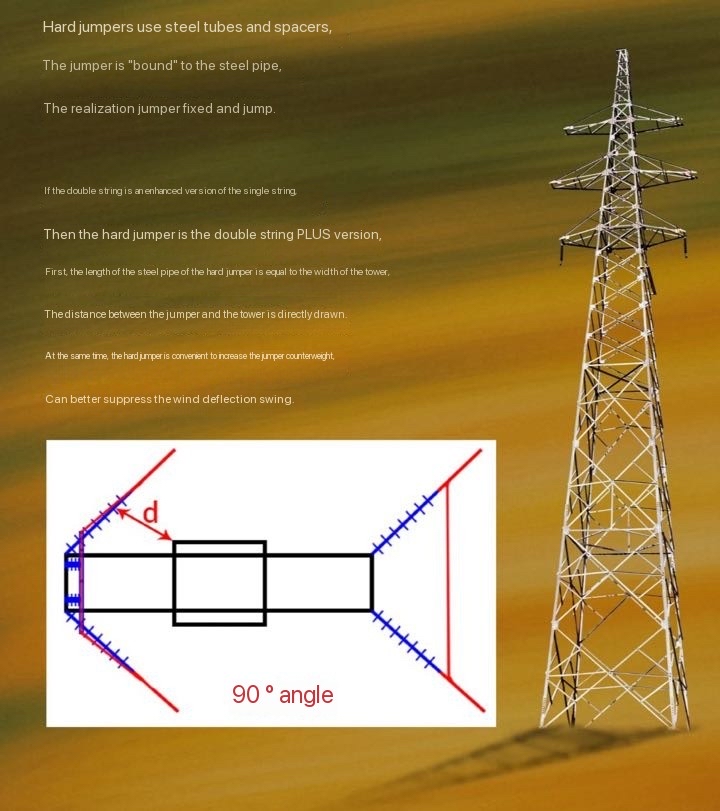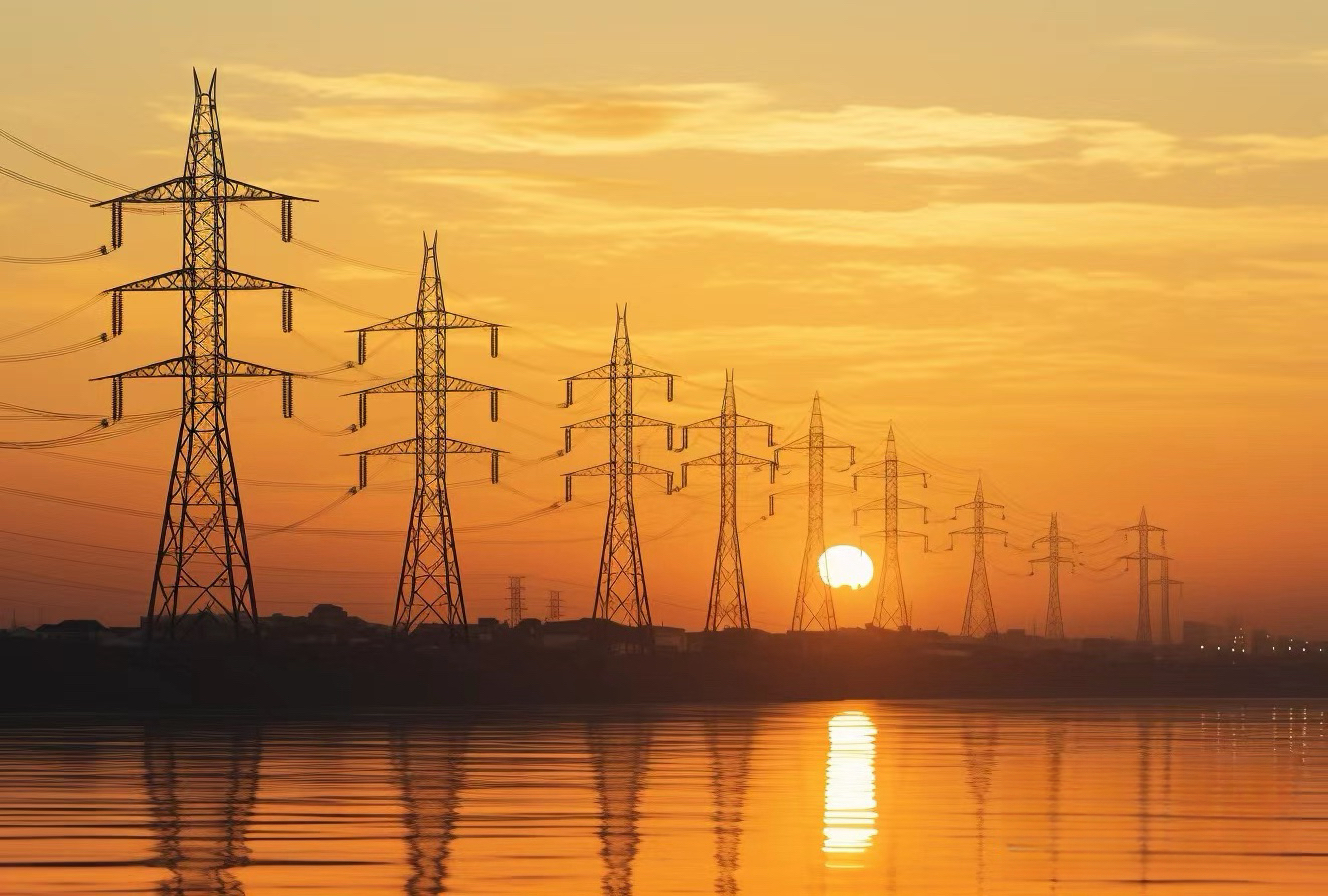- English
- Español
- Português
- русский
- Français
- 日本語
- Deutsch
- tiếng Việt
- Italiano
- Nederlands
- ภาษาไทย
- Polski
- 한국어
- Svenska
- magyar
- Malay
- বাংলা ভাষার
- Dansk
- Suomi
- हिन्दी
- Pilipino
- Türkçe
- Gaeilge
- العربية
- Indonesia
- Norsk
- تمل
- český
- ελληνικά
- український
- Javanese
- فارسی
- தமிழ்
- తెలుగు
- नेपाली
- Burmese
- български
- ລາວ
- Latine
- Қазақша
- Euskal
- Azərbaycan
- Slovenský jazyk
- Македонски
- Lietuvos
- Eesti Keel
- Română
- Slovenski
- मराठी
- Srpski језик
Details in Jumper String Design of High voltage transmission tower(Part two)
2024-10-30
IV.Wind-Deflection-Proof Insulators: The jumper string and crossarm ends are rigidly connected, prohibiting the jumper string from swinging front, back, left, or right. This addresses the issue of jumper wind deflection at the source. The insulator at the end of the composite insulator that facilitates rigid connection with the crossarm end and is specially designed for this purpose is known as a wind-deflection-proof insulator. It is generally used in lines of 110kV and below.

V..Unequal-Length Crossarms: As shown in the diagram below, although the outer corner side jumper is closer to the tower, the inner corner side jumper is farther away from it. Moreover, as the line angle increases, the jumper distance from the tower increases. Therefore, generally, no jumper string is required on the inner corner side of large-angle towers. At the same time, since the jumper string is far from the tower pole, the length of the inner corner side crossarm can be appropriately shortened, resulting in unequal lengths for the inner and outer corner side crossarms, known as "unequal-length crossarms."

VI.Jumper Supports: The jumper hanging point is slightly offset outwards compared to the tension hanging point. This is because a "jumper support" is intentionally added outwards during the tower head design. This intentionally offsets the jumper string hanging point further outwards, further increasing the electrical clearance of the jumper.

Well, here are all the details regarding the design of jumper strings.

Qingdao Maotong Power Tower will provide you with more professional industry knowledge



